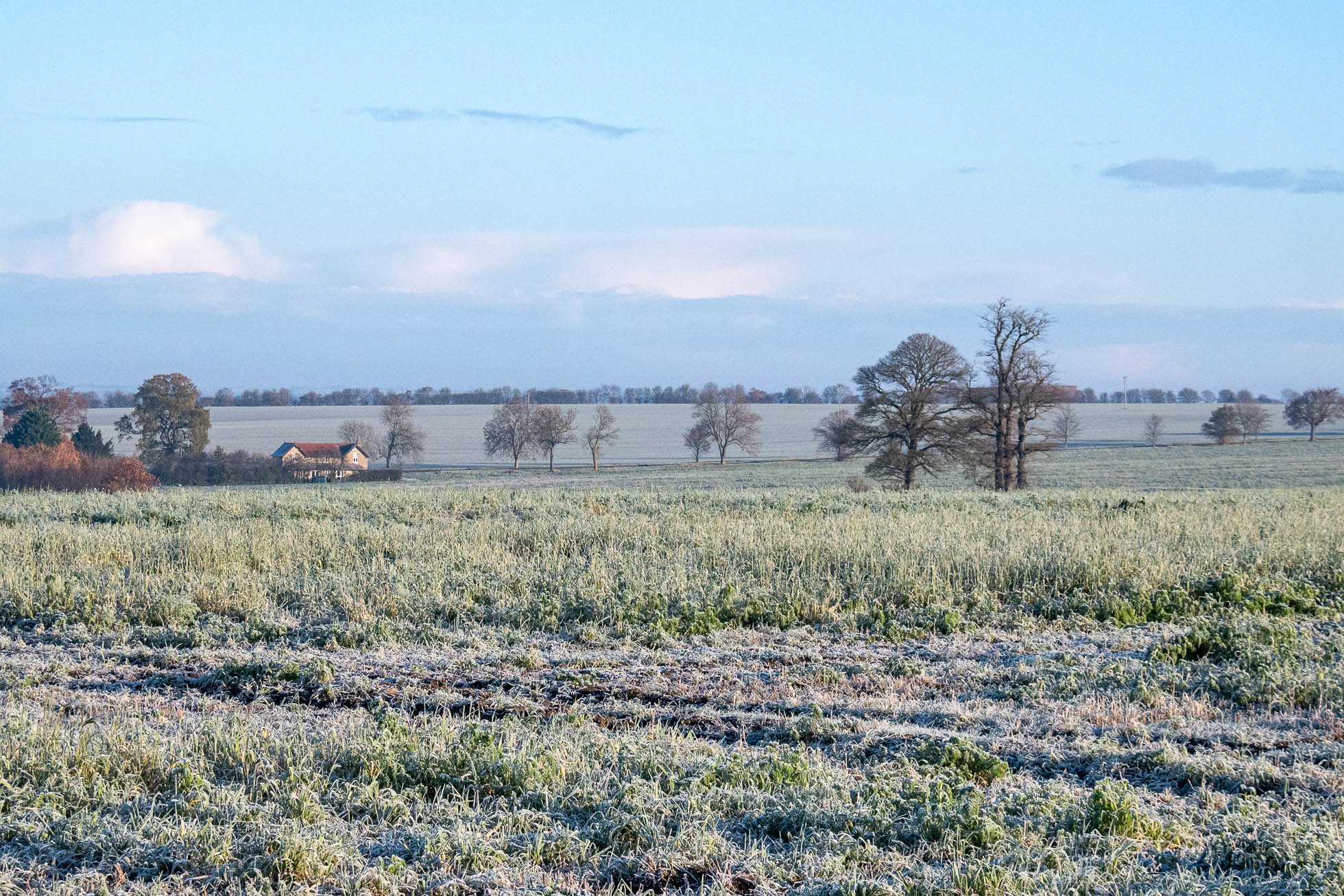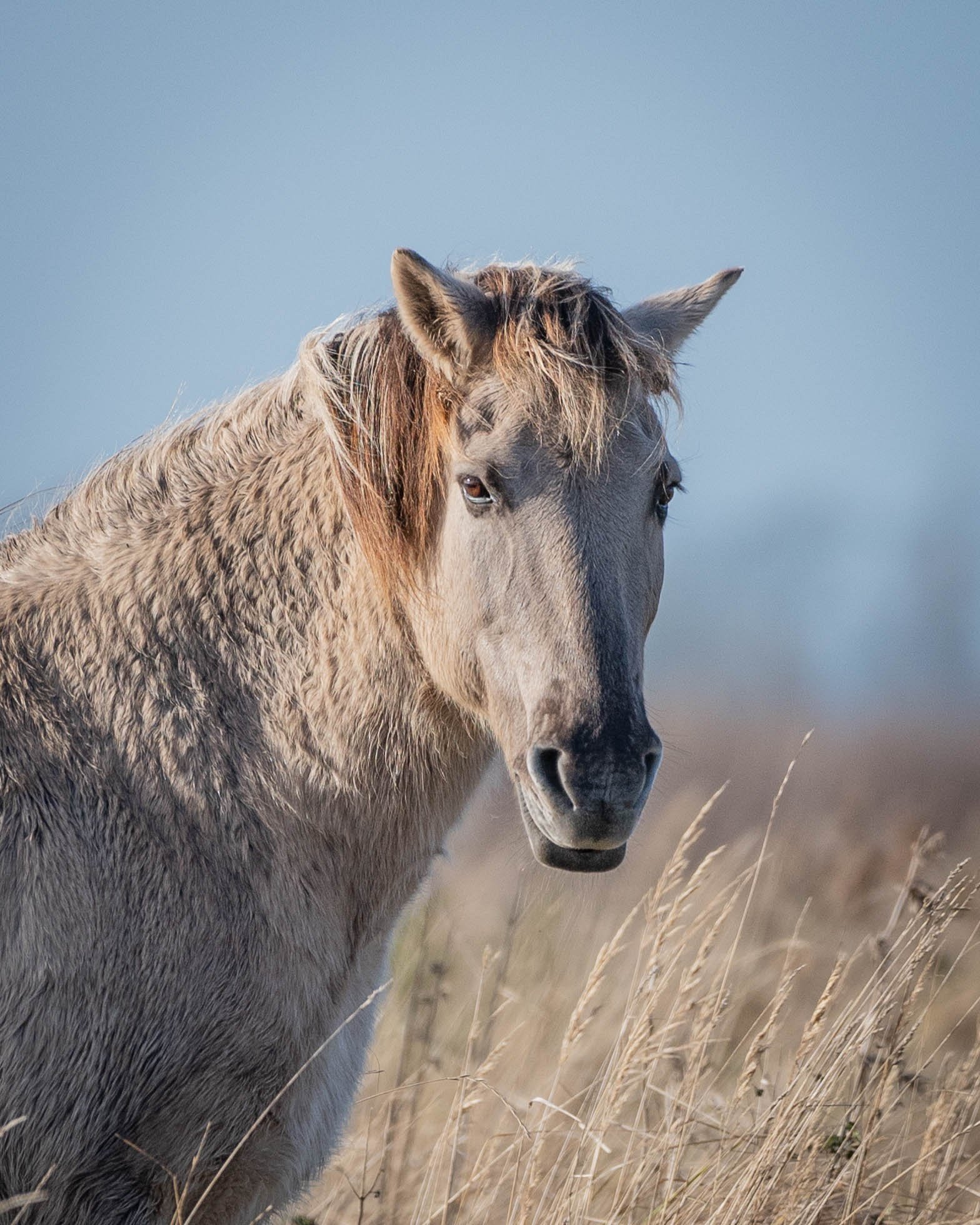Wishing every one a Happy and Healthy New Year and hope you all had a Merry Christmas.
A lovely winter Robin.
The first few days of December were cold and frosty, making the morning dog walk an absolute pleasure.
A lovely crisp morning so off we went to Lynford Arboretum on the edge of Thetford Forest. The Arboretum is owned and managed by the Forestry Commission but is looked after by the Friends of Thetford Forest. One of the things they provide is feeding places for the wildlife, and there is also now a lovely little snack bar The Shepherds Baa providing hot drinks and snacks for the visitors. This is a very popular place for dog walking and family walks. If you have binoculars you will be able to spot the elusive Hawfinch, our largest finch species, feeding in the Hornbeams in the middle of a paddock. Crossbills can also be spotted feeding high up on the pine cones.
From the car park you can walk to Lynford Water, which is an area of flooded gravel pits in the Wissey valley but we just stayed in the Arboretum this time.
Its not JUST a Mallard, a nice light on the lake made this male Mallards plumage glow.
There were a good few Robins about the Arboretum. They always like to pop up to say “hello, any snacks going.”
Chaffinches also take advantage of any seed being provided. The Male birds do vary quite a bit, this one being quite peachy in colouring.
We always manage to see flocks of Siskins at Lynford. A lovely little finch and the male birds can be very yellow, almost canary like.
The main food source for siskins are Tree seeds, alder, birch, spruce and pine are all commonly taken. They supplement their diet in summer with insects.
We spotted a Buzzard in a tree, watching for Rabbits on the nearby hotel lawn.
A little Nuthatch taking advantage of the seed provided.
Mid-day is not usually the best time for bird spotting, unless its mid winter. The usual Little Owl was showing well at Burwell Fen, basking in the sun. Its such a shame but the resident Barn Owls seem to have disappeared.
Starlings hitching a ride on a Konik Pony, in the fens.
Lovely Konik pony.
I think I’m going to sneeze……………
Worth the wait, a Short Eared Owl landed in front of us.
The Short-eared Owl gets its name because of the very short ear tufts on its head. These are not actually the bird's ears, but are short feathers and aren't usually visible. They are usually sitting flat on the head, so they can often go unnoticed. However, if the owl is excited or alert it will often raise the feathers around its head. That is when the famous "ears" become visible.
Such good views of these owls at the fens this winter.
Oh wow, an Owl! Flying straight toward us.
Our last “day out” before Christmas took us to Frampton Marsh RSPB Lincolnshire. The first thing we saw on arrival was large flocks of Brent Geese leaving the reserve and heading out to feed on the marshes out in the wash.
The reserve at present is home to thousands of Lapwings and Golden Plover. The Plover were a long way out to photograph but could be seen through binoculars.
The Lapwing is a handsome wader with its glossy dark green plumage (often looking black from a distance) and long crest. It used to breed commonly over much of lowland Britain, but ,like many of our farmland birds, they face a reduction in the number of breeding locations, caused by changes in land management.
Hundreds of Wigeon were calling and talking to each other all over the reserve. Its such a lovely constant sound.
Teal could be spotted in amongst the Wigeon. All these Ducks have lovely colouring when you are able to get close.
Shoveler Ducks are fascinating to watch. Living up to its name, the shoveler has a large and distinctive shovel-like bill. A common dabbling duck, particularly during the winter, shovelers feed by sweeping their large, flat bills back and forth through the water, filtering out small invertebrates, plant seeds and other plant matter. They also seem to like blowing bubbles! . . . We think they must be West Ham United fans.
Several hundred Whooper Swans roost on the reserve at night, leaving early in the morning to feed in nearby fields. This one had a lie in, and the others left without her.
Pairs of Pintail Ducks were dotted around mostly just too far away for the camera, but we did manage to get a picture of this one. Bottoms up. The pintail is another dabbling duck, and rarely breeds in the UK, it is most likely to be seen during the winter when it can be found with other ducks.
Two similar wading birds. A Redshank on the left and a Lesser Yellowlegs on the right. The Lesser Yellowlegs is a rare vagrant to the UK. It is similar in size to a Redshank but more slender and graceful, there are only a handful of records of this visitor from North America every year, so we were very pleased to see this.
Greylag geese having a dabble.
Thousands of Lapwings and Plovers heading in to roost.
After lunch, and the daylight is nearly gone. Another good day.
So that’s our Wildlife Watching days out for 2023 finished. The year ended with rain, rain and more rain and gale force winds. Everywhere muddy and flooded.
Thank you for reading our monthly rambles, and we do appreciate the support and interest we get from family and friends. It is lovely that you all enjoy seeing our pictures as much as we do in watching and taking them. For us, 2023 has been a good Wildlife Watching year.
Our calendars have proved popular again this year so it looks like we will have to start planning our 2025 edition.
We wish you all a Happy and Healthy 2024.




























